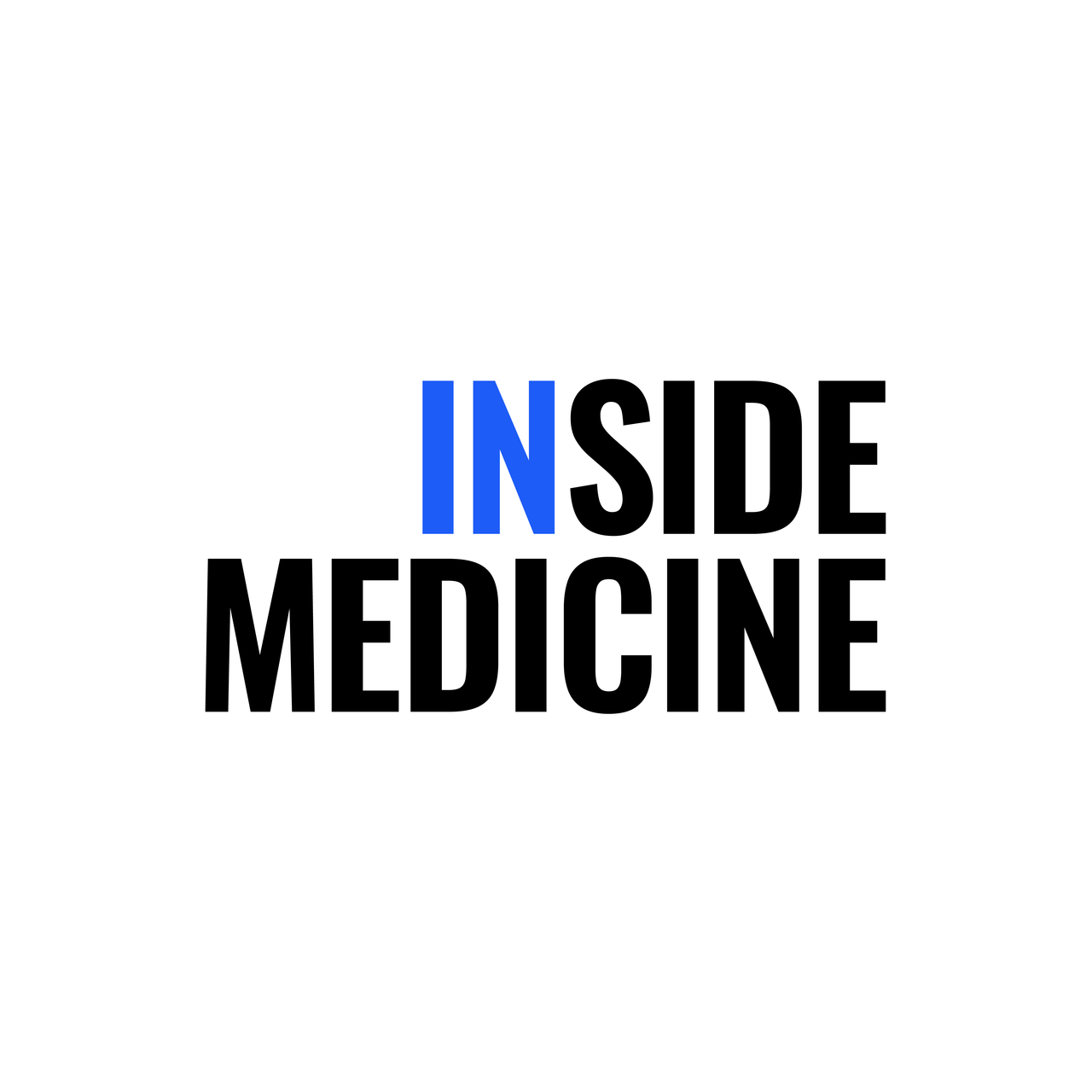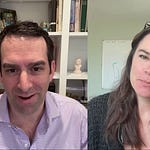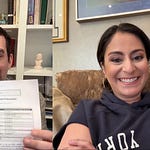Today, I was joined in The Doctor’s Lounge on Substack Live by my good friend and brilliant colleague, Dr. Céline Gounder. Our goal was to have as normal and natural a conversation as possible—more like our frequent one-on-one calls or long conversations over drinks (usually when I visit New York) than a structured interview. I think we managed to do that and cover some real terrain.
One of the ways I know how valuable Céline’s expertise and friendship are is that our conversations are never completely predictable, and we don’t always completely agree on everything. We have a bunch of overlapping expertise, but there are also significant areas where we bring unique perspectives. So, it just works! A summary with key points (and timecodes) can be found below. Let me know what you think.
Closed captions (㏄) and a transcript option (📄) can be found beneath the video playback control bar above.
Also, this session is entirely free for everyone thanks to recent upgrades that sustain this kind of work. Thank you for watching and sharing Inside Medicine! —Jeremy
Highlights from The Doctor’s Lounge with guest Dr. Céline Gounder.
Aided by ChatGPT.
1. Standing Up to Government Overreach (00:00–02:25)
We discussed the Trump administration’s threat to pull billions in NIH funding from universities like Harvard and Columbia. We applauded institutions like Harvard and Princeton for defending academic freedom—and called out others for caving to political bullying.
2. Public Health Is Not Health Care (03:00–05:10)
We explored why so many people still conflate research, pharma, clinical medicine, and public health. This is an area where Céline has some unique insights, and I wanted to draw this out a bit. She stressed that CDC and HIV prevention cuts aren’t just budget lines—they’re upstream failures that eventually land patients in our ERs.
3. How Do We Reach People Who Hate Us? (06:00–08:00, 25:00–29:00)
We discussed whether it’s even possible to reach audiences attacking us online. Our goal is to reach people and restore faith in public health. How can we do that? Should we tailor our tone for hostile platforms like X/Twitter? Do we need to be more entertaining? Should we joke more, show our flaws, or take improv classes? How do we get closer and closer to authenticity, rather than stage personas which, while genuine, do put distance between us and the viewer/reader?
4. The Scientific Method Is Not Natural Thinking (08:00–10:00)
We talked about how most people reason like lawyers—working backward from what they want to believe. Scientists, by contrast, try to disprove their own hypotheses. That’s not intuitive, and it’s a big communication gap we have to bridge.
5. Facts Don’t Change Minds—Relationships Do (10:00–15:30)
We reflected on how evidence alone rarely convinces skeptics. Instead, what works is showing that we care. In our own patient encounters, we’ve found success not by lecturing about vaccines, but by listening to people’s experiences and fears. Doing this in media (or other public communications) is a lot more difficult.
6. What Happens When Public Health Disappears (50:00–54:00)
We looked ahead to the fallout from CDC and Medicaid cuts. These changes are invisible now—but we know the potholes are coming. We wrestled with how to tell that story in advance, without sounding alarmist or partisan.
















Share this post